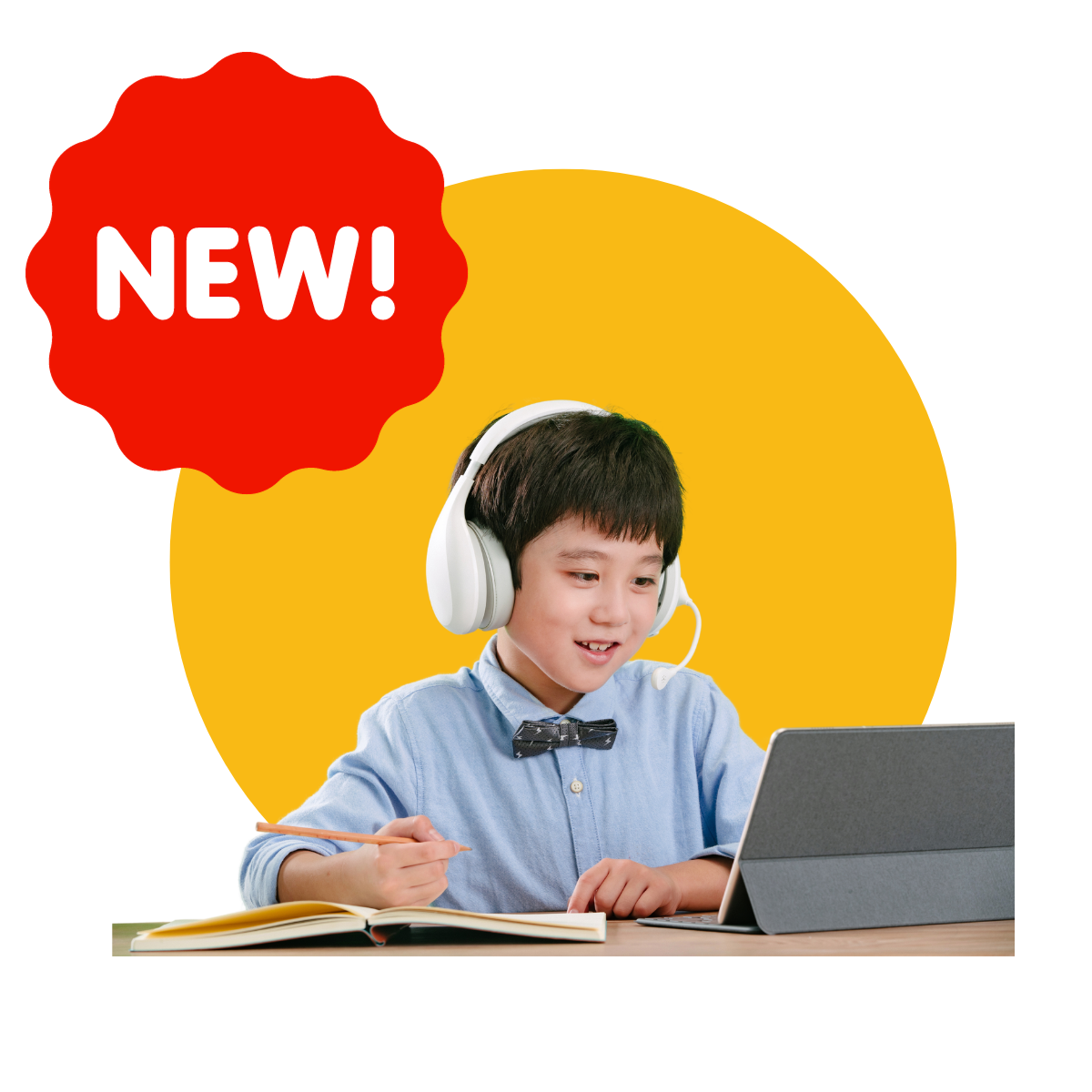Understanding the reason why your child may not be having normal speech. A compromised speech can lead to various lifestyle issues that can adversely affect their development.
Lack of conversation
The most obvious way for any child to learn how to speak is to engage in conversation – it’s how most of us learn about the nuances of both verbal and non-verbal communication. The lack of conversation is a very common reason behind the under-development of speech, making it important for parents to stimulate conversation with their children.
Hearing issues
Ability to speak is so crucially dependent on one’s ability to hear themselves, it shouldn’t come as any surprise that children with hearing issues are likely to speak very little, if at all. One sign that your child’s unable to speak because of hearing issues is if they use gestures instead of verbal acknowledgment.
Neurological and intellectual disabilities
Neurological disorders that can physically affect a child’s ability to form speech include:
- Muscular dystrophy
- Cerebral palsy
- Brain injuries of a traumatic nature
- Speech can also be delayed due to intellectual disabilities – thus making their inability to form words a cognitive issue rather than anything specific to speaking.
Autism
Signs that your child’s speech issues are due to Autism can include anything from repeating certain phrases instead of using new ones (echolalia) to impaired verbal/non-verbal communication to even speech/language regression. Read our on Autism to know more.
Understanding speech disorders
Now that we know how speech issues can arise in children, it’s also important to know the tell-tale signs you should be looking for in your child’s development through the first few years of their life. It’s also very important to note that the earlier you manage to detect the signs and get them the necessary help in the form of speech therapy, the better it will be for their upbringing.
- 3 months
Look for non-verbal communication cues: at this stage, your child should at least be able to make eye contact and smile. The absence of these is hence important to look into.
- 12 months
At this point, your child should be making gestures, babbling or even playing with other people. If they don’t, it’s advisable to take them to a speech therapist.
- 18 months
This is when children begin to learn their very first words – thus even verbalising a few of them. In addition, they also typically use a lot of physical gestures and actively engage with other people. If they don’t do any of this, you know what to do.
- 24 months
This is when your child’s vocabulary should be expanding: they should be learning new words on a regular basis and combining multiple ones to express themselves (though typically not sentences). While it’s fine if they mispronounce certain words at this point, what they’re trying to say should be quite understandable. If it isn’t, your child really should see a speech therapist.
- 4 years
Signs of speech issues are fairly clear at this point, a few important things to look out for can be listed as follows:
- Mispronouncing vowels and under-using consonants
- Using limited-than-usual vocabulary
- Displaying lower-than-usual interaction levels
- Frequently using the wrong words
- Either not answering questions at all or answering them by repeating the questions themselves
Speech Therapy
The entirety of what happens during speech therapy – including online speech therapy – can be summarised in three words: exercises and activities. The exercises and activities in question vary depending on your child’s age and other needs, but by and large that is what therapists utilise to gradually bring about changes in your child’s speech issues. A few common examples include the following:
- Interacting through playing and talking
- Using pictures and books to stimulate linguistic development
- Teach correct sounds through entertaining playing sessions
- Providing you with homework in order to continue the therapy work when you return home














